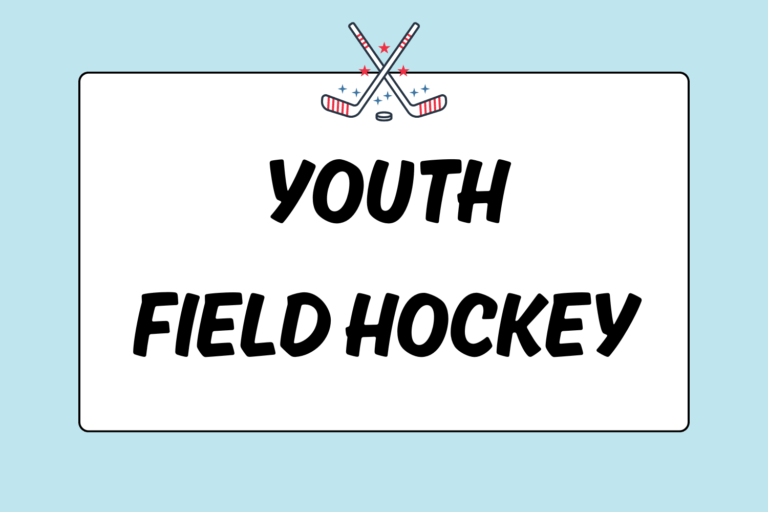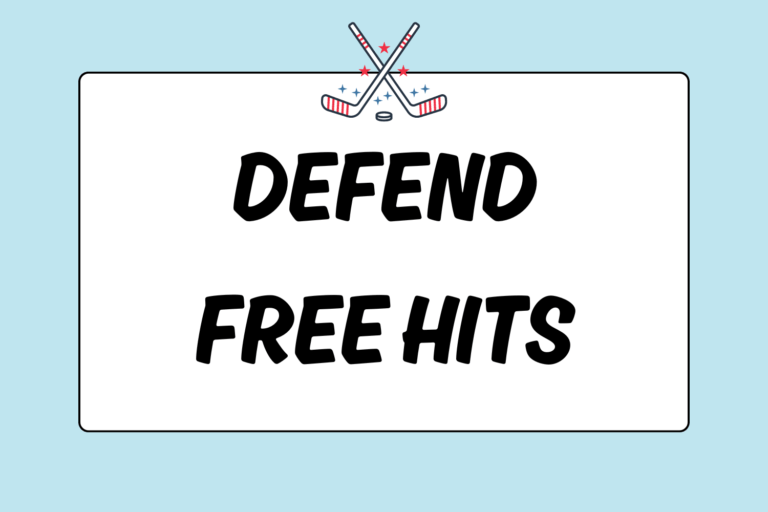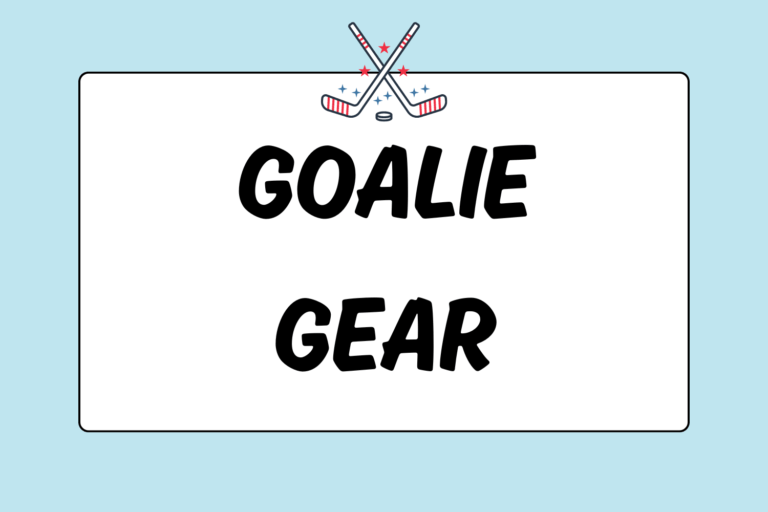There are two types of corners in field hockey: Long and short. Short corners are like power plays awarded to the offense for a penalty committed by the defense inside of the shooting circle. Long corners result from the ball being hit over the end line unintentionally by the defense — in that, they are more similar to sideline hits than penalty plays.
This field hockey guide will explain the rules of a long corner, providing strategies and suggestions for maximizing your results on the corner.
When is a Long Corner Awarded?
If the ball is unintentionally hit across the end line by a defender or goalie, a long corner is awarded. If the ball is intentionally hit over, a penalty corner (short corner) is awarded. To set up a long corner, the ball is placed on the same side of the field as where it went out-of-bounds. It’s placed on the sideline, approximately five yards from the corner of the end line.
The tricky part to the long corner is that the location where it is hit from falls within the rules for free hits inside the 25-yard zone. Consequently, the ball must do one of two things before it can enter the shooting circle:
- Travel five yards
- Be touched by another player who did not take the free hit
Check out our guides, How to Take Free Hits inside the 25-yard Zone or Field Hockey Rules & Regulations, for in-depth information on the regulations for hits inside the 25-yard zone.
Strategies
Now that you know why it is awarded, you can learn the best practices for taking long corners. Generally, the right or left midfielder will take the long corner, but any player on the team is allowed to start it.
Set plays are not commonly used on long corners because on a long corner, the defense’s positioning is unpredictable. Instead, strategies are used — a few of which are listed below:
- Strategies for the player taking the free hit include:
- Passing to an open player
- Passing into space for a teammate to run onto
- Passing the ball away from the attacking zone to a teammate (called a back pass)
- Staying involved in the play after the initial hit
- Strategies for the offensive players with possession of the ball include:
- Creating space near the goal by drawing a defender away from it
- Cutting in front of a defender
- Passing the ball around the circle
- Moving around the circle to create passing opportunities
- Taking quick shots on goal
- Screening the goalie
- Drawing fouls to receive short corners
The following sections of this guide cover more specific strategies used on long corners.
Baseline Run
A baseline run is similar to a backdoor play. Its purpose is to force the goalie to cover the near post, leaving the remainder of the goal wide open. The attacker dribbles the ball along the end line and towards the goal; meanwhile a player opens up near the stroke mark. This creates an easy passing opportunity to the player waiting to take a shot at the penalty spot (penalty stroke mark).
A baseline run is extremely hard to defend against because the ball stays on or close to your stick for the majority of the run. Use this to your advantage! As your dribble along the baseline, a defender can only take the ball if she can tackle it without hitting your stick — that’s fairly difficult. More often than not, you can draw a defender into committing stick interference (hacking). You can also push the ball into the defender’s foot to force a foot foul penalty. Any call inside the circle will result is a short corner play for your team.
On a long corner, the hitter can either pass the ball to a teammate or pass it to herself. If she wants to pass it to herself, she can make a self-pass and then run onto the ball in open space. However, the ball must clearly leave her stick on the first touch. She cannot do a tight dribble off the free hit. If she wants to pass the ball to a teammate, she do that, run to the baseline, and then have the teammate pass it back to start the run closer to the goal.
For more information on the baseline run, check out our guide “How to Do a Baseline Run in Field Hockey.”
Hot Tip: Score Goals
Your main goal on a long corner is to create offensive plays. Most offensive plays revolve around creating the best shooting angles on the goal. So, move the ball around until you’re confident you have a good angle. To better understand shooting strategies, read our guide, “Shooting Tactics for Field Hockey.”
Give-and-go Passes
Give-and-go passes are short, quick leading passes between two players on the field. A leading pass is a pass that is made slightly in front of your partner so she can run onto the ball. You always want to attack and defend in pairs to have the numbers advantage (playing the ball with more players than your opponents) — you want a two-versus-one situation against the other team. These types of passes are great for long corners because the player taking the free hit can move with a teammate into the circle with quick give-and-go passes.
Change the Point of Attack
When you’re starting the long corner, your side of the field can get very crowded. In these situations, the best strategy is to switch the point of attack. While you can cross the ball yourself, you’d have to do it through a lot of traffic (both defensive and offensive players). To make it easier, you can change the point of attack. The hitter can pass the ball back (away from the attacking zone) to a teammate who stands open and away from the crowd. Being in an open space, she will be able to make an easy pass across the field to a teammate waiting on the opposite side of the field. To change the point of attack:
- Pass the ball back (away from the goal) to a teammate who should be standing in open space.
- The teammate will receive the ball and cross it flat to the other side of the goal. Make sure the ball is crossed within the area between the 25-yard line and top of the circle. This will keep the ball within the attacking zone, but outside of the crowded circle.
- A teammate should be positioned near the top of the circle on the opposite side of the goal. Once she receives the pass, she can either shoot or create plays on the opposite side of the field.
The benefit of switching the point of attack is to create a new, open attacking zone. Doing so will force the defense and goalie to reposition themselves for the new shooting angles. This creates a lot of confusion for the opposing team, and it opens up more space for your team to make plays.
Look Up
When you are taking the long corner, don’t approach the ball with a specific strategy in mind. The options listed above are just that — options. You want to decide what play to make once you assess the situation. Where are your teammates? Who is calling for the ball? Are the defenders crowding you or giving you space to play the ball?
Look up to analyze the situation before deciding how to play the ball. By doing this, you will make smarter decisions. You will also be more unpredictable for the other team because they will see you surveying the entire field, not just where you aim to pass the ball. So be aware of all your options and be ready to make strategic decisions based on the situation. Playing smart, you will score more goals and create more opportunities for your team!





